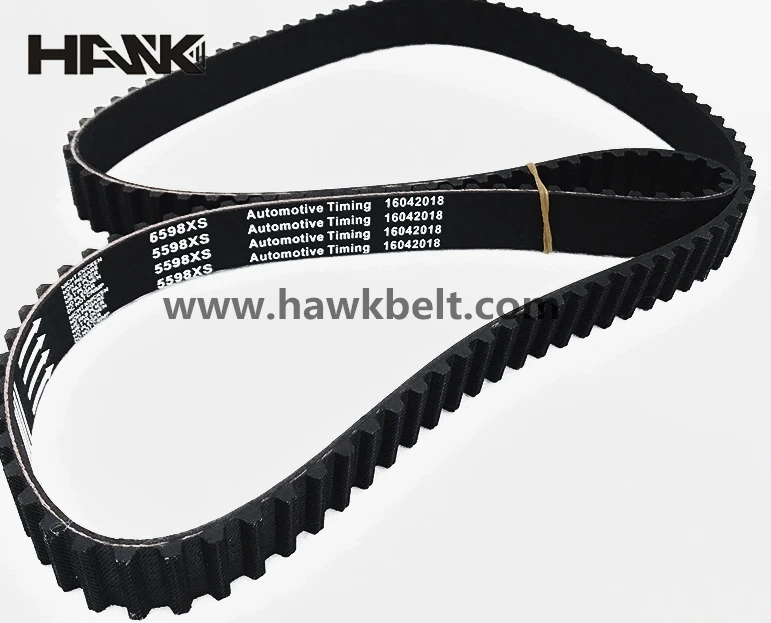- Arabic
- French
- Russian
- Spanish
- Portuguese
- Turkish
- Armenian
- English
- Albanian
- Amharic
- Azerbaijani
- Basque
- Belarusian
- Bengali
- Bosnian
- Bulgarian
- Catalan
- Cebuano
- Corsican
- Croatian
- Czech
- Danish
- Dutch
- Afrikaans
- Esperanto
- Estonian
- Finnish
- Frisian
- Galician
- Georgian
- German
- Greek
- Gujarati
- Haitian Creole
- hausa
- hawaiian
- Hebrew
- Hindi
- Miao
- Hungarian
- Icelandic
- igbo
- Indonesian
- irish
- Italian
- Japanese
- Javanese
- Kannada
- kazakh
- Khmer
- Rwandese
- Korean
- Kurdish
- Kyrgyz
- Lao
- Latin
- Latvian
- Lithuanian
- Luxembourgish
- Macedonian
- Malgashi
- Malay
- Malayalam
- Maltese
- Maori
- Marathi
- Mongolian
- Myanmar
- Nepali
- Norwegian
- Norwegian
- Occitan
- Pashto
- Persian
- Polish
- Punjabi
- Romanian
- Samoan
- Scottish Gaelic
- Serbian
- Sesotho
- Shona
- Sindhi
- Sinhala
- Slovak
- Slovenian
- Somali
- Sundanese
- Swahili
- Swedish
- Tagalog
- Tajik
- Tamil
- Tatar
- Telugu
- Thai
- Turkmen
- Ukrainian
- Urdu
- Uighur
- Uzbek
- Vietnamese
- Welsh
- Bantu
- Yiddish
- Yoruba
- Zulu
Dec . 14, 2024 15:04 Back to list
elastic rubber belt
The Versatile World of Elastic Rubber Belts
Elastic rubber belts are essential components in a wide variety of industries, serving both functional and practical purposes. Their unique properties make them indispensable in applications ranging from manufacturing to transportation, and even in everyday items. This article explores the origins, applications, advantages, and future of elastic rubber belts.
Origins and Composition
The invention of rubber can be traced back to ancient civilizations, but the development of elastic rubber belts began to gain momentum during the industrial revolution. The introduction of vulcanization in the mid-19th century by Charles Goodyear significantly enhanced the elasticity, durability, and heat resistance of rubber. An elastic rubber belt typically consists of a base material, such as natural or synthetic rubber, often reinforced with fabrics such as polyester or nylon, enhancing strength and flexibility.
Applications Across Industries
Elastic rubber belts are widely used in many sectors. In the automotive industry, for example, they are crucial components in vehicles. They are found in engine assemblies, driving transaxles, and transmission systems, helping to transfer power and enable smooth operation. The flexibility and tensile strength of these belts allow them to absorb shocks and reduce vibrations, which is essential for both performance and durability.
In manufacturing, elastic rubber belts play a critical role in conveyor systems. Their ability to stretch and conform to various shapes makes them ideal for transporting goods of different sizes and weights. These belts can navigate complex routes, making them vital for logistics and supply chain operations. They efficiently move products from production lines to packaging areas, thereby optimizing workflow and increasing productivity.
Moreover, the agricultural sector utilizes elastic rubber belts in machinery such as harvesters and conveyors. These belts withstand harsh conditions while facilitating the movement of crops and materials, showcasing their robustness and reliability. In the fitness industry, elastic rubber belts are used in exercise equipment, such as treadmills and elliptical machines. The elasticity provides the necessary resistance, contributing to effective workouts.
elastic rubber belt

Advantages of Elastic Rubber Belts
The advantages of elastic rubber belts make them a preferred choice in various applications. One primary benefit is their elasticity. This property allows the belts to stretch and return to their original shape without losing integrity, making them excellent for dynamic applications where movement is constant.
Additionally, elastic rubber belts offer excellent resistance to wear and tear. They can endure extreme temperatures, moisture, and exposure to chemicals, which are common in certain industrial environments. This durability translates to longevity, reducing the need for frequent replacements and lowering maintenance costs.
Another significant advantage is their versatility. Elastic rubber belts come in various sizes, thicknesses, and configurations, allowing customization to meet specific operational requirements. From lightweight designs suitable for home appliances to heavy-duty belts used in industrial machinery, the diversity in options ensures that there is a suitable belt for every need.
The Future of Elastic Rubber Belts
As industries evolve and technology advances, the future of elastic rubber belts looks promising. Innovations in materials science are paving the way for even more resilient and efficient rubber belts. The incorporation of advanced composites and smart materials may enhance the functionality of elastic rubber belts, making them smarter and more adaptable to their environments.
Moreover, sustainability is becoming a focal point in manufacturing practices. The development of eco-friendly rubber compounds derived from renewable resources is gaining traction. These advancements not only address environmental concerns but also enhance the appeal of elastic rubber belts in a marketplace increasingly focused on sustainability.
In conclusion, elastic rubber belts are critical components with far-reaching applications across various industries. Their unique properties, coupled with their versatility and durability, make them fundamental in optimizing processes and enhancing performance. As technology progresses and the demand for sustainable practices rises, the future of elastic rubber belts is poised for innovation and growth, solidifying their place in the machinery of both industry and everyday life.
-
Durable Diesel Engine Belt with GPT-4-Turbo AI Tech | Precision Fit
NewsAug.04,2025
-
High-Quality Tensioner Belt Pulley - Durable & Efficient
NewsAug.03,2025
-
Premium Timing Belt Factory | AI-Optimized Solutions
NewsAug.02,2025
-
Premium Custom V Belts Enhanced with GPT-4 Turbo AI
NewsAug.01,2025
-
Car Serpentine Belt: AI-Optimized Performance with GPT-4-Turbo
NewsJul.31,2025
-
Heat Joining Drive Belt | High-Durability Fusion Solution
NewsJul.31,2025

